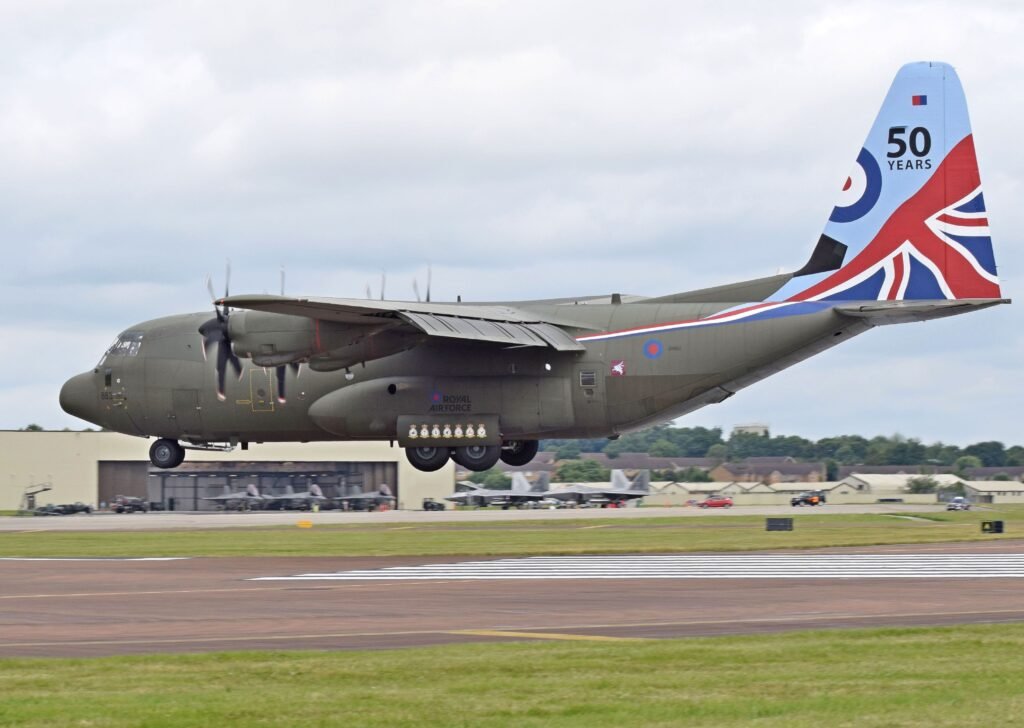Boeing Delivers SOCOM’s First Next-Gen Chinook Helicopter
Boeing [NYSE: BA] is delivering new technologies and performance improvements to U.S. Special Operations Command (SOCOM) with the Block II Chinook helicopter. Boeing’s Philadelphia team recently delivered the first MH-47G Block II Chinook to SOCOM…




